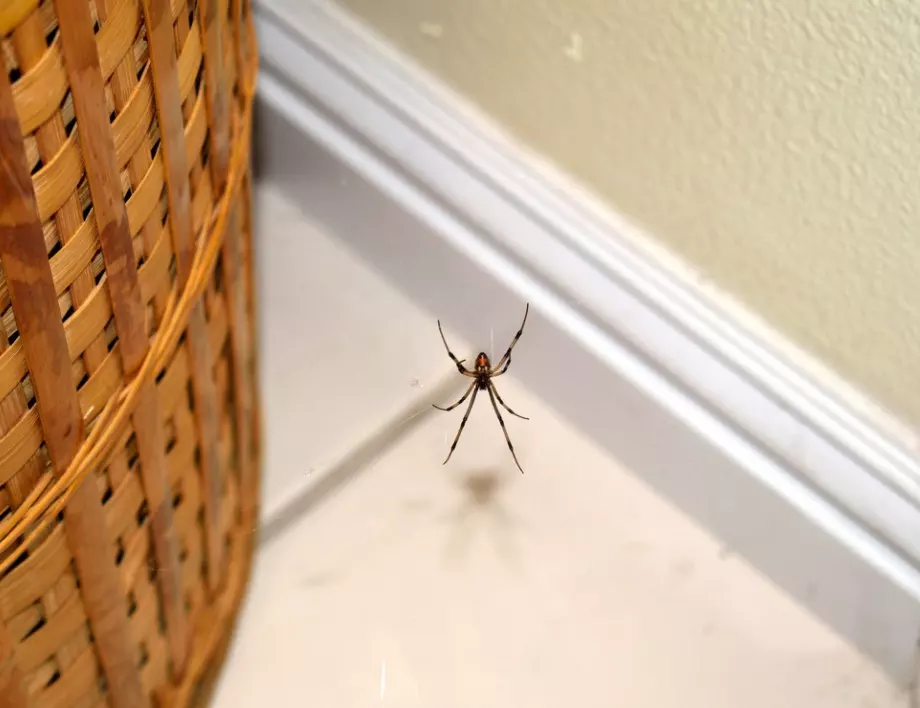According to a study that examined the movements of their eyes and bodies during sleep, it is possible that these tiny spiders are not just resting, but dreaming – entering a sleep state remarkably similar to rapid eye movement sleep ( REM), seen in humans and other vertebrates. This could expand our understanding of sleep and sleep states, as well as the role that REM sleep plays in the cognition of the animals in which it occurs. Until now, most sleep research has focused on vertebrates.
Only recently has evidence of REM sleep been observed in invertebrates – namely cephalopods such as cuttlefish and octopus.
This raised some really interesting questions: are these creatures dreaming? What other animals experience REM sleep? Perhaps the answers to these questions will lead us to the answers to even more puzzling conundrums, such as: why did REM sleep evolve? What is its purpose, if any?
Recently, a team of researchers led by behavioral and evolutionary ecologist Daniela Roesler of Harvard University found that a species of jumping spider called Evarcha arcuata appears to sleep. At sunset, the little spiders hang themselves on a single thread and remain motionless in this position throughout the night. Or rather, not quite still. The adult spiders observed by Roessler and her colleagues exhibit periods of heightened activity: their tiny legs, backs and bellies twitch, or their legs curl into what appears to be a defensive posture.
The team notes that the movements resemble twitching during REM sleep in cats and dogs. But, at least with the adult spiders, it was difficult to determine exactly what they were doing. However, young specimens of the species are not subject to the same restrictions. Their bodies, which are still growing and maturing, are not pigmented and therefore transparent. This means that it is possible to observe and record what happens in their bodies during this period of nocturnal inactivity. In particular, the retina of spiders. Jumping spiders’ large, black, transparent eyes are fixed in their small heads and do not move, but their retinas can shift to regulate the spiders’ vision as they go about their important spider business.
Rapid eye movement is a diagnostic indicator of REM sleep. Therefore, direct observation of the retinas of small E. arcuata spiders can show whether what happens to these spiders is actually similar to REM sleep. The researchers filmed 34 E. arcuata spiders at four-hour intervals as they went about their nightly business. They also trained a neural network that allowed them to identify the movement of the spiders’ retinas. Then they carefully studied the resulting videos.
Not only do their videos capture the retinal movement of sleeping spiders, but this retinal movement precisely matches the oscillations and curves of the spine and legs. In fact, every observed instance of leg twitching was associated with retinal motion (although leg twitching was not observed in every instance of retinal motion). Sometimes the spiders were stretched or cleaned. The researchers note that these cases occur soon after REM-like states, but are not related to retinal movement itself. This, according to the researchers, indicates short periods of wakefulness. As in other animals, retinal movements are observed during intervals during which spiders are still, and are of a duration comparable to REM sleep in other organisms.
According to the researchers, this meets all the requirements. “This report provides direct evidence for REM sleep in a terrestrial invertebrate—an arthropod—with clear parallels to REM sleep in terrestrial vertebrates,” they wrote in their paper. “The combination of periodic limb twitches and eye movements during this sleep-like state, as well as an increase in the duration of REM sleep-like bouts, meets the basic behavioral criteria for REM sleep observed in vertebrates, including humans.” What’s interesting about this research is that jumping spiders are highly visual little arthropods, with impressively good vision. At the front of their face are two large eyes for their size, and around their head are six smaller eyes that provide a large field of vision. Research even suggests that their vision may be tetrachromatic.
It has been suggested that in humans, eye movement patterns during REM sleep are directly related to the visual “movie” experience of sleep. So the dream of spiders may also include visual dreams or have a function that is related to vision. Other spiders that rely less on vision and more on vibrations to sense the world may experience REM sleep differently. Further research on other sleeping creatures could reveal much more – and provide some new insights into the purpose of sleep and dreams. “Although sleep is ubiquitous in the animal kingdom, it remains to be proven whether REM-like sleep is equally universal and how these sleep phases may manifest in less visual species,” the researchers wrote. “In contrast, eye movement during REM sleep may be a unique feature of visual minds, and this convergent evolution implies some critical functionality specific to vision.”
Photo: iStock/Gulliver









